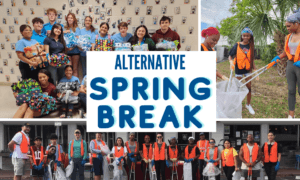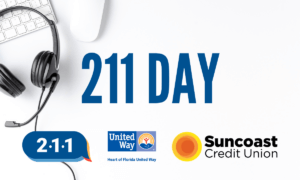The FAFSA Is Open. Now What?
Have you heard? The 2025-2026 FAFSA is now open. You may be asking yourself, “so what?”, “what is FAFSA?”, “why is this important?”, “doesn’t that usually open in October?”, “why should I pay attention?”, or a number of other questions that come across one’s mind when they hear about FAFSA. Let’s take a few moments to better understand FAFSA and why it may be important to you and your family.
FAFSA stands for Free Application for Federal Student Aid. It is not a direct loan application or commitment to paying back money as some think. Instead, the FAFSA is an application that can help determine if students qualify for free money, in addition to Direct Subsidized and Direct Unsubsidized Loans. It also helps colleges, universities, and some technical schools determine how much Financial Aid a student should be awarded.
Free money? Yes, you read that right. Once the FAFSA is completed, students’ eligibility for the Pell Grant and other opportunities for scholarships and grants is determined. Grants and scholarships are two types of Financial Aid that do not have to be paid back to anyone. It is true, however, that the FAFSA may determine that a student is eligible for a student loan. This is just a determination; a student is not committing to a loan, which has to be paid back over time. It becomes an option for a student to utilize to help make the “real time” financial burden more feasible. But loans do have to be paid back.
Who Is the FAFSA For?
Wondering if you qualify for financial aid? The FAFSA is the answer. It’s a quick and easy application that can take less than an hour to complete. Any student, regardless of income, who wants to be considered for federal, state, and school financial aid should submit a FAFSA. This form will determine your eligibility for grants, scholarships, work-study programs, and loans.
The FAFSA isn’t limited to high school seniors. Adults who want to return to school or start college for the first time can also apply for financial aid through the FAFSA. This includes those enrolling in technical schools, two-year colleges, or four-year universities.
Adults returning to school may also want to make a career change and need a degree or certificate to do so. These adults can also complete the FAFSA. Maritza Rojas was one of those adult students who wanted to change careers. She completed the FAFSA and received the help she needed to confidently reach her educational and career goals. You can learn more about Maritza here.
Want to know more about Pell Grants? Federal Pell Grants usually are awarded only to undergraduate students who display exceptional financial need and have not earned a bachelor’s, graduate, or professional degree.
The amount you get will depend on:
- Your Student Aid Index (based on your FAFSA form),
- The cost of attendance (determined by your school for your specific program),
- Your status as a full-time or part-time student, and
- Your plans to attend school for a full academic year or less.
According to data provided by the Florida College Access Network, in 2022, more than $491 million in Pell Grant dollars were left on the table because eligible students did not submit a FAFSA in the state of Florida. In fact, only 1 in 2 high school seniors completed a FAFSA. In the Central Florida region alone, a whopping $54.5 million in Pell Grant dollars were left unclaimed. Again, these are dollars that do not have to be paid back — free money that could help lessen the financial burden of paying for an education after high school and pursuing a career of your choice.
Now that you understand the importance of the FAFSA, you might be wondering how to get started. The first step is to determine your enrollment timeline. Are you planning to start in the spring, summer, or fall? If you’re aiming for fall 2025, you’ll need to complete the 25-26 FAFSA form. For spring or summer 2025 enrollment, the 24-25 FAFSA form is the one to fill out.
Stay tuned for our next blog post, where we’ll dive deeper into simplifying the FAFSA process with our step-by-step guide. We’ll cover essential information, common pitfalls to avoid, and helpful tips to secure the funds you deserve for college.









